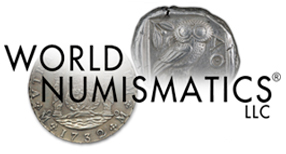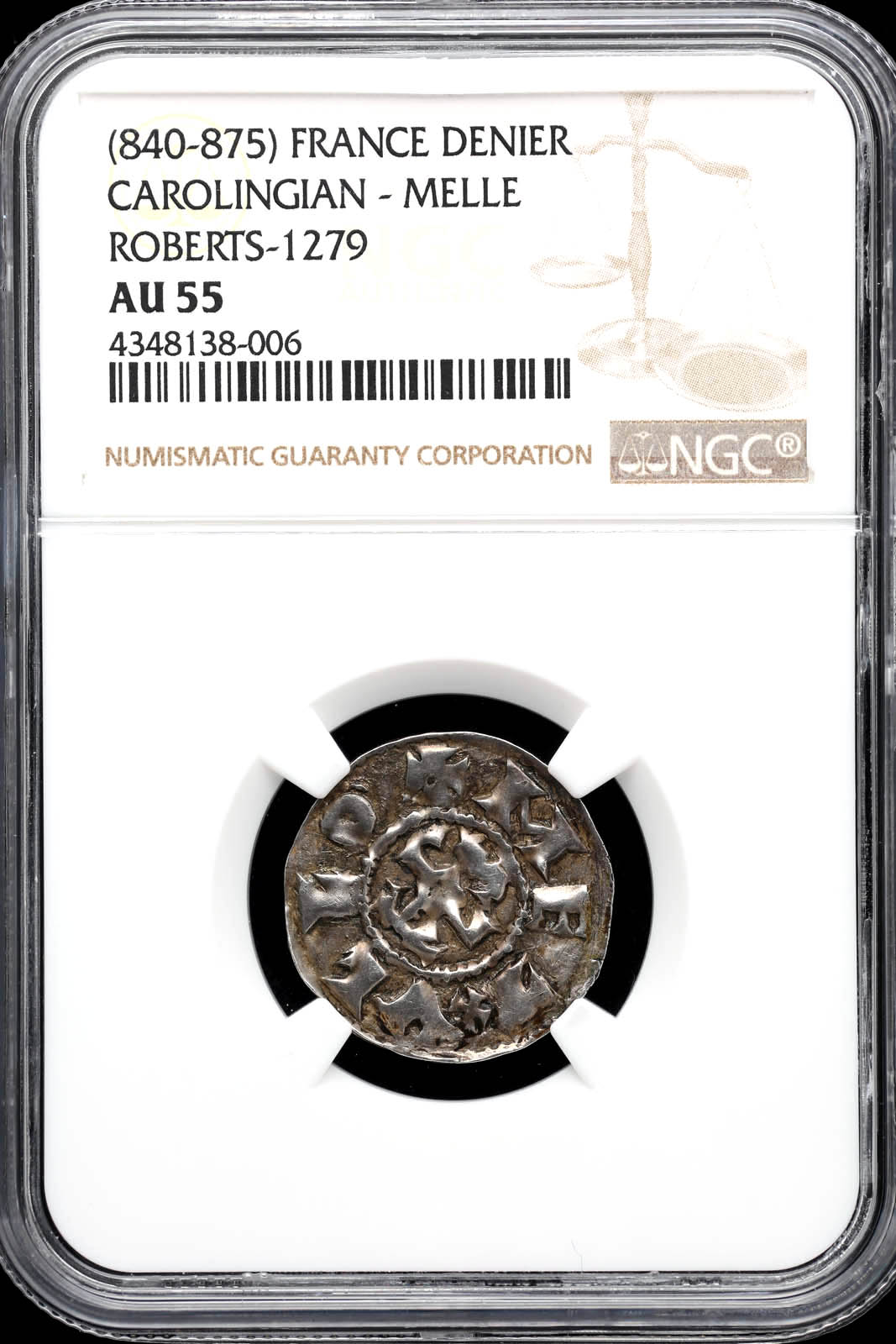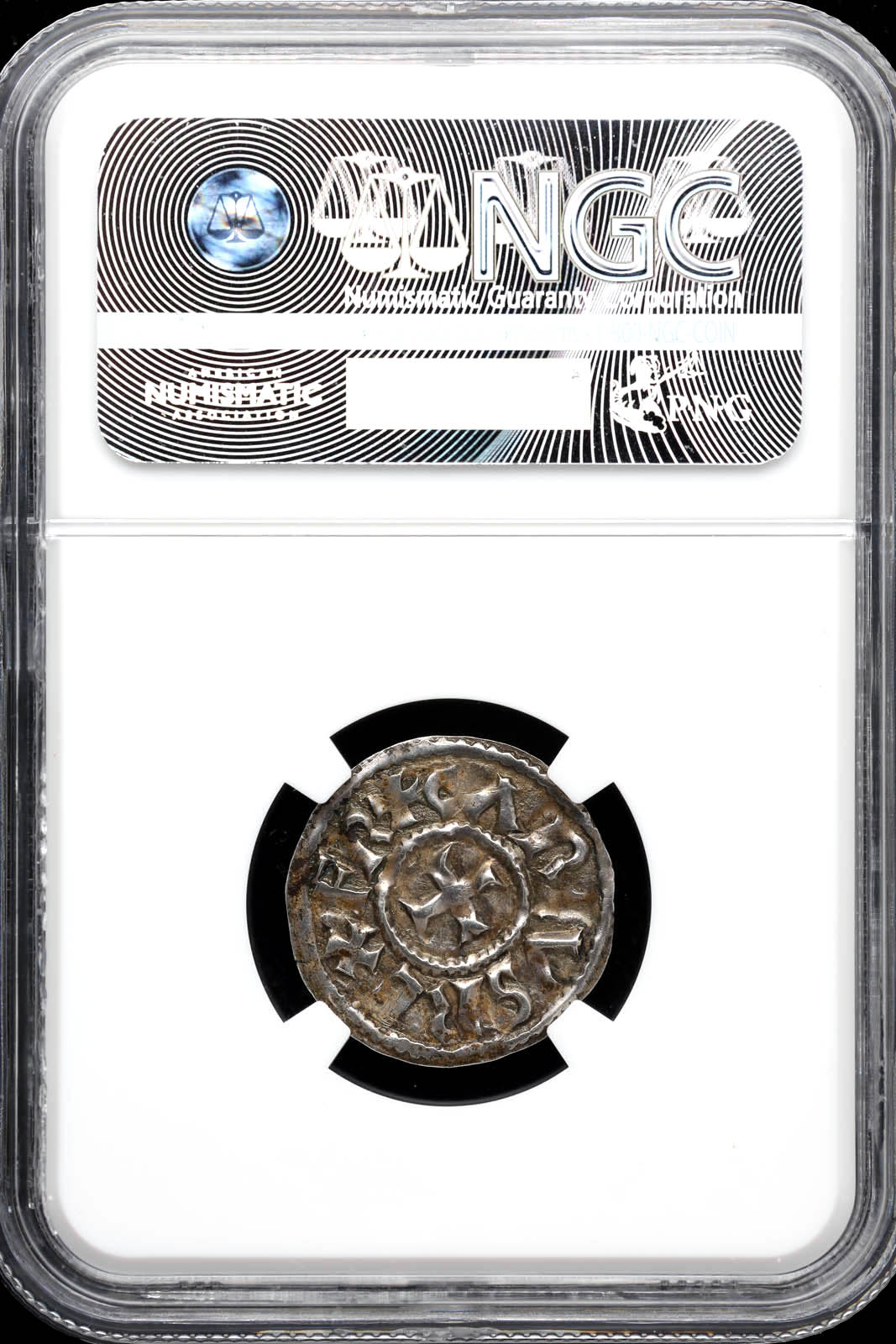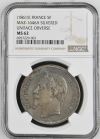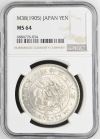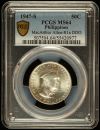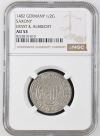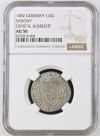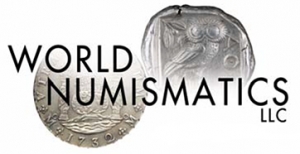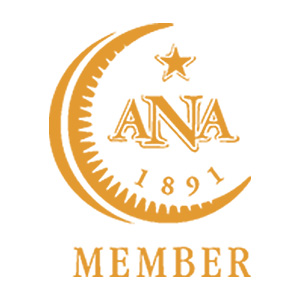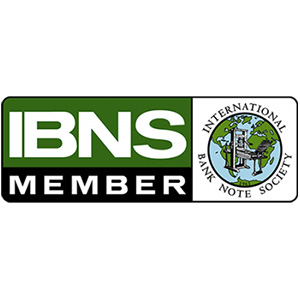CAROLINGIAN. Charles II ‘le Chauve’ (the Bald). 840-877 AD. AR Denier. Melle mint, struck circa 840-864. Obv: +CAROLVS REX FR, cross pattee. Rev: + MET+VLLO, monogram of Karolus. Prou 701; Deypeyrot 606; M&G 1064; MEC I, 940; Roberts 1279.
Variety sometimes formerly attributed to the period of Carloman to Charles le Simple (the Simple). As Kings of West Francia, 882-922. While the origin of this type may be narrowed to the later portion of the reign of Charles le Chauve as king of West Francia (840-877), it continued as an immobilized type into the early tenth century, as evidenced by numerous specimens deposited in the Cuerdale Hoard (circa 905).
According to wikipedia:
The Cuerdale Hoard is a Viking deposit of various medieval silver coins and It was discovered on 15 May 1840 on the southern bank of a bend of the River Ribble, in an area called Cuerdale in South Ribble near to the city of Preston, Lancashire, England. The Cuerdale Hoard is one of the largest Viking silver hoards ever found, four times larger than its nearest rival in the British Isles, according to Richard Hall. In weight and number of pieces, it is second only to the Spillings Hoard found on Gotland, Sweden.
The coins in the hoard are from three sources, represented in the proportions 5:1:1. Viking kingdoms of eastern England are represented in the largest portion; the other two portions are of Alfred’s Wessex and of coins from foreign sources, which include Byzantine, Scandinavian, Islamic, Papal, North Italian and Carolingian mintings, many of which last are from Aquitaine, perhaps, Richard Hall suggests, acquired there in Viking raids of 898.
